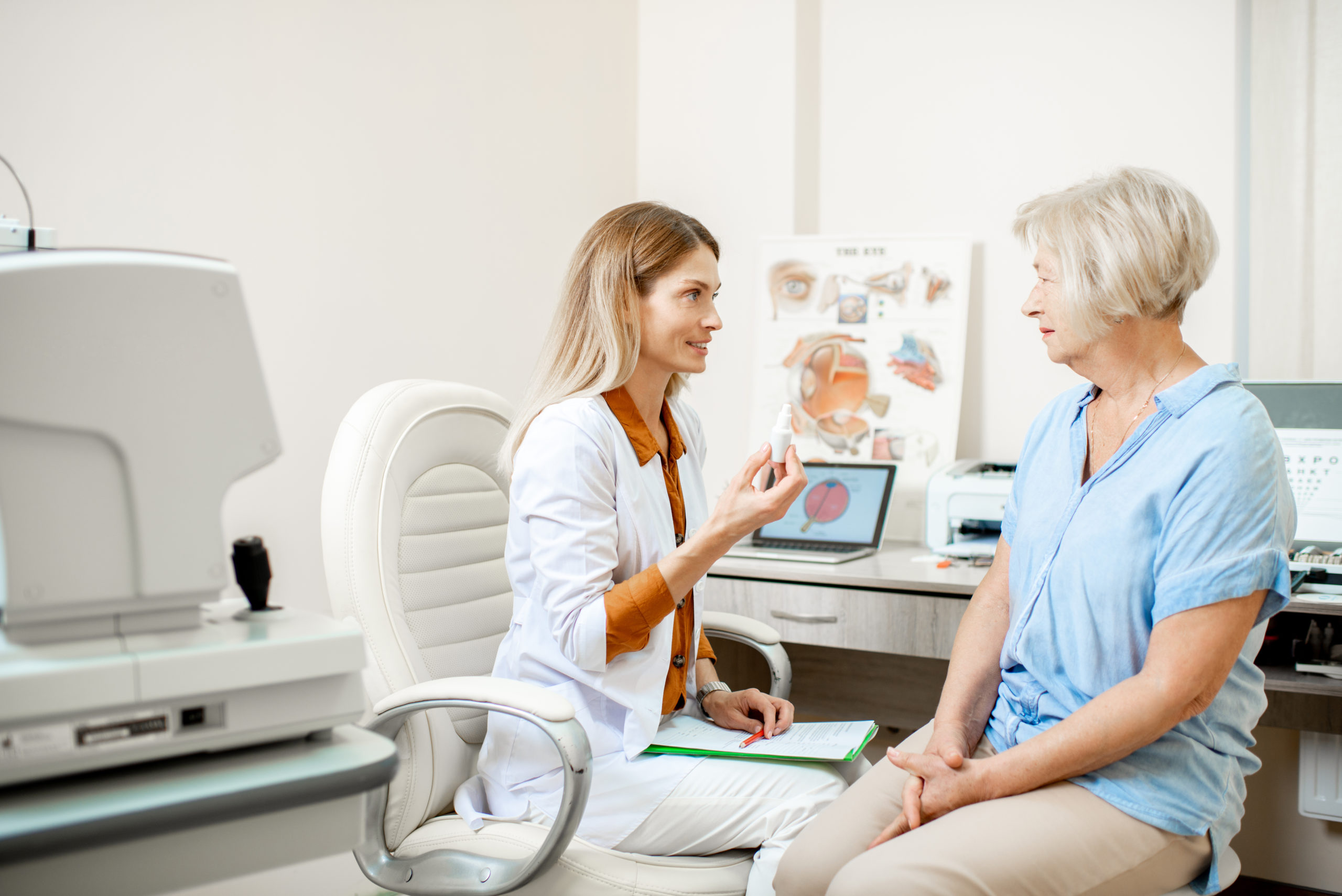Americans know less about vision and eye health than they think.
A recent survey commissioned by the American Academy of Ophthalmology reveals new insights into knowledge gaps surrounding vision and eye health. Of the 3,512 U.S. adults surveyed, 81% said they were knowledgeable about vision and eye health. Their responses, however, suggested otherwise:
- Only 19% of people could identify the three main causes of blindness in the United States – glaucoma, age-related macular degeneration and diabetic eye disease
- Just over one-third knew symptoms don’t always predate vision loss caused by eye disease
- Only about one-fourth knew vision loss is associated with psychological problems such as social isolation and depression
- A mere 3% could identify the common threats to eye health
- Only 11% were aware of all of the early signs of vision loss.
So what does this mean for improving vision and eye health in America? For starters, it signifies the need for improved eye health education. Vision and eye health resources remain underutilized in America. Consider the fact that only half of U.S. adults at high risk for vision loss visited an eye doctor in the past 12 months. Overestimating people’s knowledge of vision issues could exacerbate this trend of not accessing much needed care.
In addition to better understanding vision and eye health risks, people need information about how to mitigate those risks. Education on eye-healthy lifestyle choices like not smoking and wearing protective eyewear can help people establish good behaviors. Logistical guidance on how to book an appointment, how often to see a provider and what treatment options exist can likewise equip people to manage their vision health.
Ninety million U.S. adults currently live with a vision condition, and that number is expected to skyrocket over the coming decades. Perhaps addressing vision and eye health begins by helping Americans understand that they may not know as much as they should.

